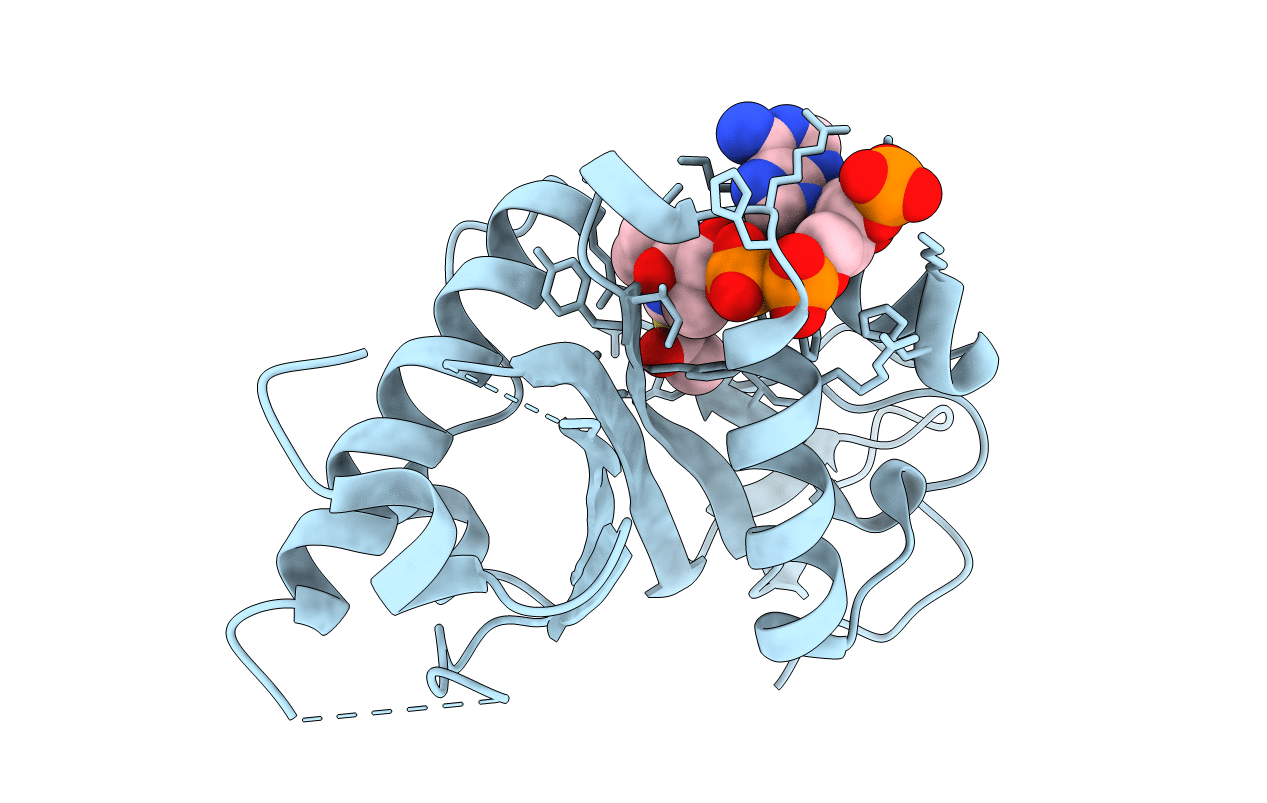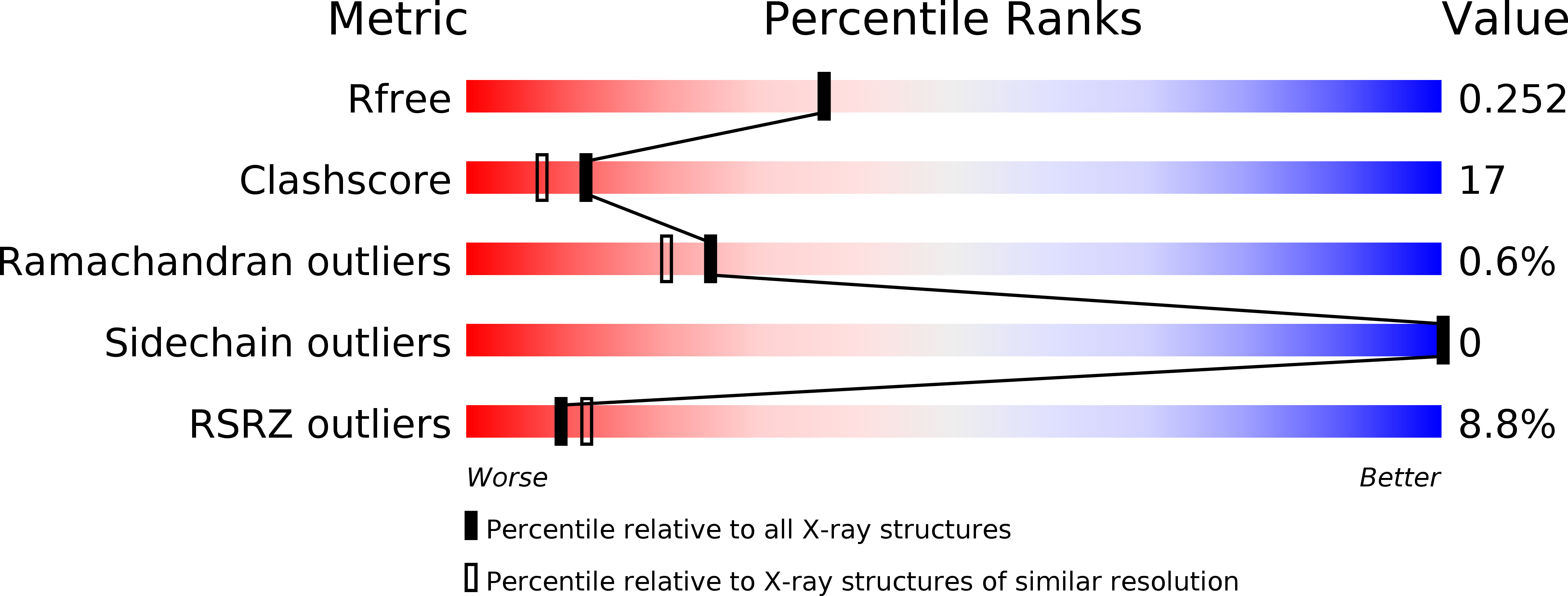Abstact
Protein acetylation is an important posttranslational modification with the recent identification of new substrates and enzymes, new links to disease, and modulators of protein acetylation for therapy. α-Tubulin acetyltransferase (αTAT1) is the major α-tubulin lysine-40 (K40) acetyltransferase in mammals, nematodes, and protozoa, and its activity plays a conserved role in several microtubule-based processes. Here, we present the X-ray crystal structure of the human αTAT1/acetyl-CoA complex. Together with structure-based mutagenesis, enzymatic analysis, and functional studies in cells, we elucidate the catalytic mechanism and mode of tubulin-specific acetylation. We find that αTAT1 has an overall fold similar to the Gcn5 histone acetyltransferase but contains a relatively wide substrate binding groove and unique structural elements that play important roles in α-tubulin-specific acetylation. Conserved aspartic acid and cysteine residues play important catalytic roles through a ternary complex mechanism. αTAT1 mutations have analogous effects on tubulin acetylation in vitro and in cells, demonstrating that it is the central determining factor of α-tubulin K40 acetylation levels in vivo. Together, these studies provide general insights into distinguishing features between histone and tubulin acetyltransferases, and they have specific implications for understanding the molecular basis of tubulin acetylation and for developing small molecule modulators of microtubule acetylation for therapy.



